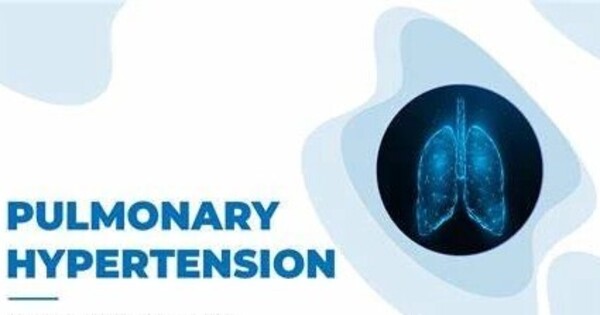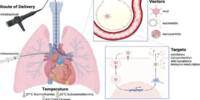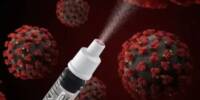A new study from UCLA Health and collaborators discovered that asporin, a protein produced by the ASPN gene, protects against pulmonary arterial hypertension (PAH). Their findings, published on August 21 in the peer-reviewed journal Circulation, provide fresh insights into this incurable, sometimes fatal condition and give prospective new treatment options.
“We were surprised to find that asporin, which had previously not been linked to PAH, gets upregulated to increased levels in response to counteract this disease process,” said Dr. Jason Hong, a pulmonary and critical care physician at UCLA Health and the study’s corresponding author. “This novel finding opens up new avenues for understanding PAH pathobiology and developing potential therapies.”
Pulmonary hypertension is a dangerous medical disorder marked by elevated blood pressure in the arteries that supply the lungs. It causes these arteries to constrict or become clogged, reducing blood flow to the heart and forcing it to work harder to pump blood through the lungs. Eventually, the heart muscle weakens and fails.
We were surprised to find that asporin, which had previously not been linked to PAH, gets upregulated to increased levels in response to counteract this disease process. This novel finding opens up new avenues for understanding PAH pathobiology and developing potential therapies.
Dr. Jason Hong
Need for New Therapies
According to recent estimates, PAH affects approximately 1% of the global population, although this figure rises to 10% among those aged 65 and older. There is no cure for the condition, but drugs and lifestyle modifications can help slow its progression, control symptoms, and increase life expectancy.
The urgent need for new therapies, combined with the potential of multiomics (an integrated approach to driving discovery across multiple levels of biology), prompted Hong and his research colleagues, including co-first author Lejla Medzikovic and senior author Mansoureh Eghbali, to delve deeply into the disease. Both work in UCLA’s Eghbali Laboratory.

Methodology
The researchers used advanced computational tools, such as transcriptome profiling and deep phenotyping, to analyze lung samples from 96 PAH patients and 52 healthy control people from the largest multicenter PAH lung biobank available to date. They combined this data with clinical information, genome-wide association studies, probabilistic visual models, and multiomics analysis.
“Our detailed analysis found higher levels of asporin in the lungs and plasma of PAH patients, which were linked to less severe disease,” Hong said.
Additionally, Medzikovic noted that their cell and living-organism experiments found that asporin inhibited pulmonary artery smooth muscle cell proliferation and a key signaling pathway that occurs with PAH.
“We also demonstrated that recombinant asporin treatment reduced PAH severity in preclinical models,” said Medzikovic.
Next Steps
Hong and colleagues intend to do additional research into the mechanisms by which asporin exerts its protective effects in PAH, as well as to examine potential therapeutic applications, with a focus on translating their findings into clinical trials.
“Asporin represents a promising new target for therapeutic intervention in pulmonary arterial hypertension,” the physician stated. “Enhancing asporin levels in PAH patients could potentially lead to improved clinical outcomes and reduced disease progression.”
















